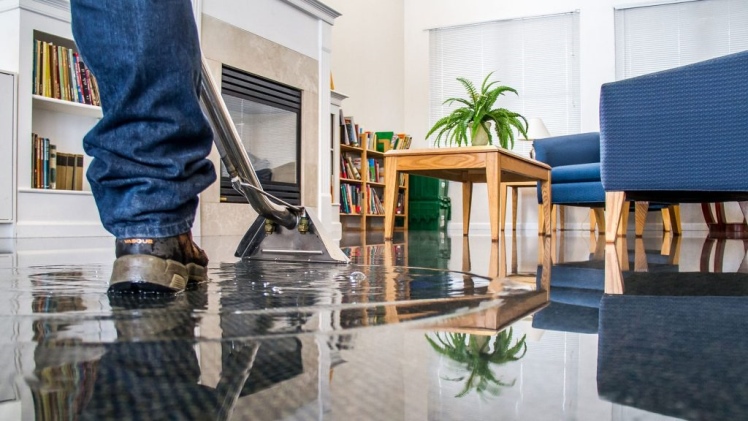Not only might water damage render your business inoperable, but the associated repairs can be rather pricey. If your company has been flooded, it is essential to get expert help repairing the damage.
Here are things to remember as you work to repair flood damage in your home or business.
Determine The Extent Of The Damage
Some forms of water damage are more severe than others. The extent of the damage and how it can be repaired are highly dependent on the nature and source of the water. There are typically three distinct kinds of water damage.
There are three main types of contaminated water, and they are as follows:
1. Category 1:
The possibility of contamination is minimal in this class. Breaks in water pipes, overflowing sinks, and melted snow and ice are all examples that fall into this category.
2. Category 2:
This group now faces a “contamination” water crisis. Also at risk is the health of the business’s proprietor or clients should they drink or otherwise interact with the water supply. Two examples are toilets that overflow and water heaters that cause water to pool in the bottom of the drain pan.
3. Category 3:
We now consider this group operating in the “severely contaminated water” phase. Both animals and individuals may be severely harmed by prolonged exposure to this. Sewage, seawater or rainwater floods, river or stream overflows, and water-related concerns brought on by extreme weather, like hurricanes and tropical storms, are all examples.
Dial Your Insurance Provider
Contact your insurance company immediately following the flood or water damage to initiate the claims procedure. They might suggest calling in an outside firm to examine the damage, but you are under no obligation to do so. When disaster strikes, you can hire whichever restoration service you prefer.
A smart option is to document any damage using photographs. Ignore the insurance adjuster’s arrival time and get started. Photograph your files to keep a permanent record.
Keep Any Further Harm From Occurring
If it’s safe to enter, you can also take specific measures to limit further destruction. If the water is clean, a mop and other tools can be used to dry up the affected area. Placement of furniture on blocks can also help avoid further destruction.
The drying process can be sped up by turning on the air conditioner, removing valuables, and removing colorful rugs to prevent discoloration.
Leaving it entirely up to the specialists is an option if the location is dangerous or tainted with gray or black water. They will be prepared with the knowledge and equipment necessary to mitigate the risks posed by bacteria and other water toxins.
Get Rid Of Any Moisture, Water, And Condensation
The damaged sections of your property can’t be restored or repaired until all moisture is first removed. Get rid of excess moisture from the air and the ground by using water pumps and vacuum pumps.
Get the air flowing by throwing open the windows. To hasten the procedure, you can use air rollers or portable ventilators. Keep airflow and humidity low in the spaces you’re working on.
Basement Insulation is crucial in preventing moisture from seeping into your building’s foundation. Proper insulation not only helps maintain a dry environment but also contributes to energy efficiency.
Be Wary Of Mold!
Before mold’s growth and subsequent spread, water and moisture must be eliminated. But if the house has a musty odor, that’s another issue.
Thoroughly examine the mildew and mold. It is possible to utilize common household cleaners to eliminate mold in small areas. However, a mold expert should be called in if the decay has progressed and caused extensive damage to your home.
It’s Time To Replace The Broken Stuff
The removal and replacement of damaged materials is an emergency procedure. Everything from drywall to carpet to insulation to furniture to flooring and ceilings could need to be replaced.
Weakened by water, these parts must be reinforced or rebuilt to prevent collapse.
Get Rid of All the Germs
Harmful microorganisms and mold thrive in damp environments. Bacteria are often invisible, but they are always present. That’s why, once you’re done picking up trash, you should sanitize and clean up your property to ensure no bacteria are lurking around.
In summary
Not all water damage is created equal. Black water damage, also known as category three damage, is the worst kind of water damage resulting from flooding from rivers or lakes, sewage backup, or groundwater seepage. Water and moisture must be removed before mold can grow and spread. You may have to replace the walls, ceiling, rugs, insulation, furniture, floors, and even the ceiling. If mold has caused substantial damage to your property, it is recommended that you have a professional come in and assess the situation.

